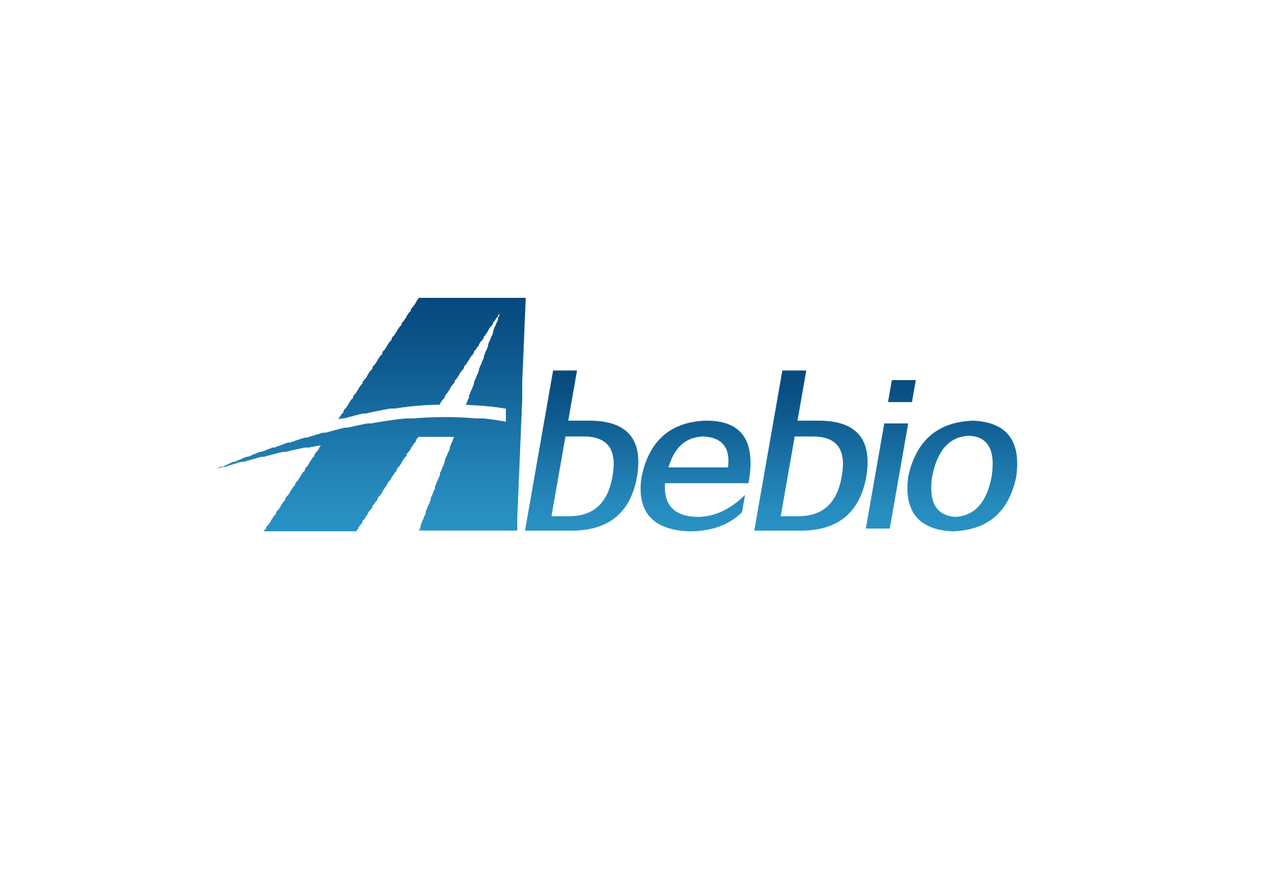Product Description
Human Neutral amino acid transporter B (SLC1A5) ELISA Kit | AE19081HU | Abebio
Species Reactivity: Human (Homo sapiens)
Abbreviation: SLC1A5
Alternative Name: AAAT; ASCT2; ATBO; FLJ31068; M7V1; M7VS1; R16; RDRC; RD114 virus receptor|baboon M7 virus receptor|neutral amino acid transporter B|solute carrier family 1 member 5
Application: ELISA
Range: 0.312-20 ng/mL
Sensitivity: 0.124 ng/mL
Intra-Assay: ≤4.1%
Inter-Assay: ≤7.6%
Recovery: 1, 01
Sample Type: Serum, Plasma, Other biological fluids
Detection Method: Sandwich
Analysis Method : Quantitive
Test Principale: This assay employs a two-site sandwich ELISA to quantitate SLC1A5 in samples. An antibody specific for SLC1A5 has been pre-coated onto a microplate. Standards and samples are pipetted into the wells and anySLC1A5 present is bound by the immobilized antibody. After removing any unbound substances, a biotin-conjugated antibody specific for SLC1A5 is added to the wells. After washing, Streptavidin conjugated Horseradish Peroxidase (HRP) is added to the wells. Following a wash to remove any unbound avidin-enzyme reagent, a substrate solution is added to the wells and color develops in proportion to the amount of SLC1A5 bound in the initial step. The color development is stopped and the intensity of the color is measured.
Product Overview: A common cell surface receptor is used for cell entry by the RD114/simian type D retroviruses, which include the feline endogenous retrovirus RD114, all strains of simian immunosuppressive type D retroviruses, the avian reticuloendotheliosis group, including spleen necrosis virus, and baboon endogenous virus. SLC1A5 also serves as a retrovirus receptor, and RDR shows specific transport of neutral amino acids. By radiation hybrid mapping, they localized the receptor to a 500-kb region on chromosome 19q13.3. Infection of cells with RD114/type D retroviruses resulted in an impaired amino acid transport, suggesting a mechanism for virus toxicity and immunosuppression.
Stability: The stability of ELISA kit is determined by the loss rate of activity. The loss rate of this kit is less than 5% within the expiration date under appropriate storage condition. The loss rate was determined by accelerated thermal degradation test. Keep the kit at 37°C for 4 and 7 days, and compare O.D.values of the kit kept at 37°C with that of at recommended temperature. (referring from China Biological Products Standard, which was calculated by the Arrhenius equation. For ELISA kit, 4 days storage at 37°C can be considered as 6 months at 2 - 8°C, which means 7 days at 37°C equaling 12 months at 2 - 8°C) .
 Euro
Euro
 USD
USD
 British Pound
British Pound
 NULL
NULL








